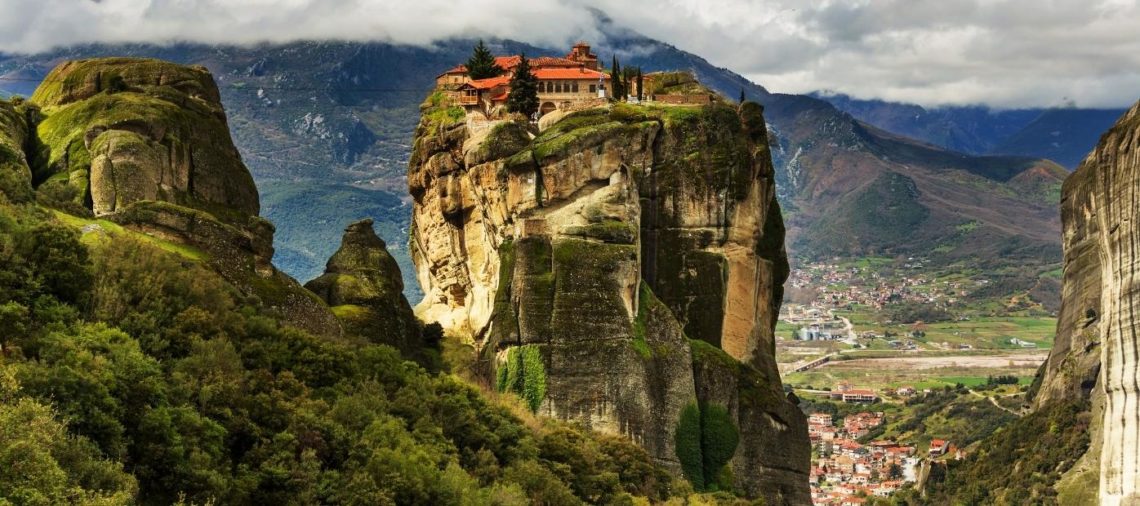The monasteries of Meteora are built on the high sandstone peaks pillars formed millions of years ago. Most of the monasteries were built during the Middle Ages. The Greek word “meteora”, meaning “suspended in the air”, perfectly describes these remarkable Greek Orthodox constructions. Meteora monasteries are some of Greece’s most spectacular landmarks. And this is not only because they offer incredible views of the surroundings but also because they depict medieval monastic life through a unique perspective.
Six of the original complexes are still inhabited by clergy greeting visitors from all corners of the world. The picturesque town of Kalabaka, at the foot of the cliffs, serves as a camp for those who want to get to the top. Let’s have a look at six of the most important Meteora monasteries:
Monastery of St. Nicholas Anapafsas
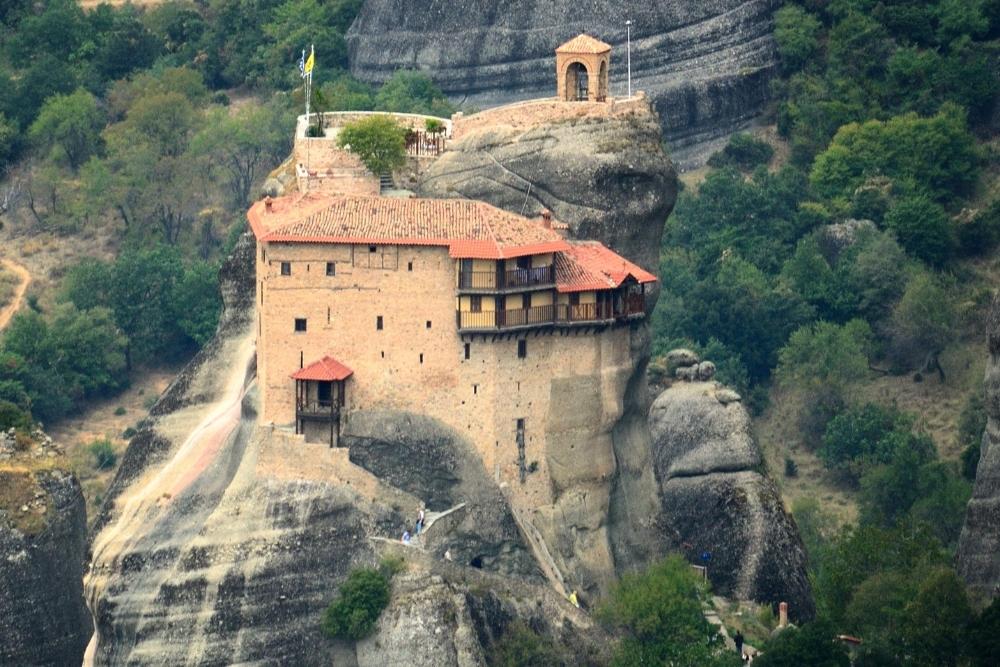
Relatively small, St. Nicholas Anapafsas monastery is often overlooked during visits, although the easily accessible complex is definitely worth visiting. The monastery built in the fourteenth century holds some of the most beautiful frescoes in Meteora. The famous Cretan painter Theophanis Strelitzas decorated the main chapel with lively illustrations representing biblical scenes and images of the monastic life of the sixteenth century. The road from Kastraki leads visitors to the peak base, from where 150 steps are enough to reach the monastery.
Rousanou Monastery
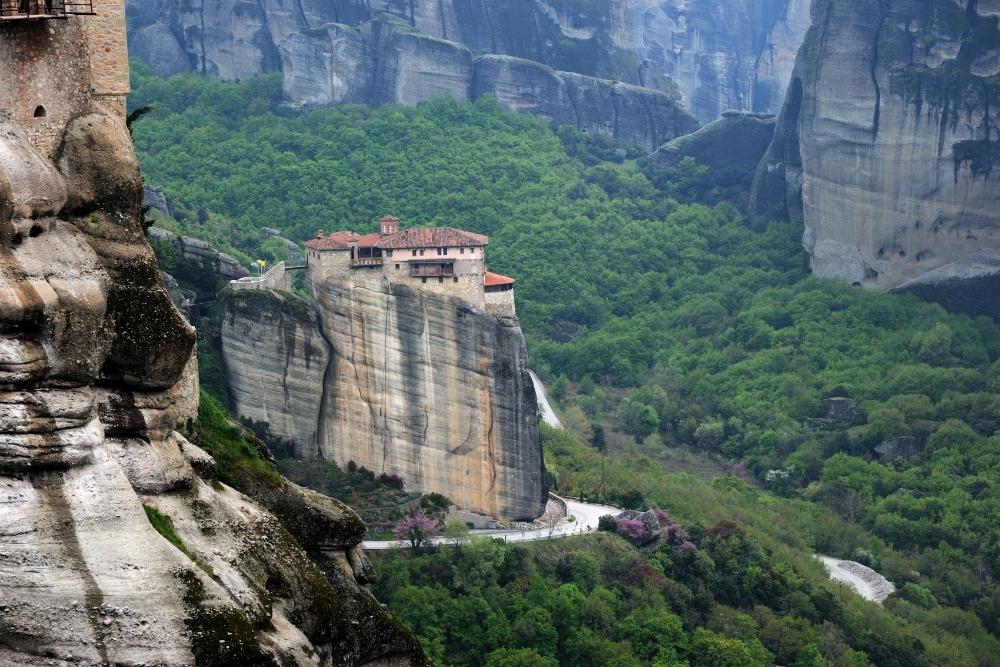
Situated relatively lower than its Meteora siblings, Rousanou Monastery is easily accessible. At the same time, a restored bridge makes the crossing over the rock walls, which seem a little scary. Founded in the sixteenth century, the monastery turned into a place for nuns in 1988. The friendly nuns who greet visitors from the threshold are in sharp contrast to the gruesome scenes pictured in the frescoes of the main chapel. The courtyards and gardens outside the monastery are happier and serve as perfect backgrounds for those who want to take pictures.
St. Stephen Monastery
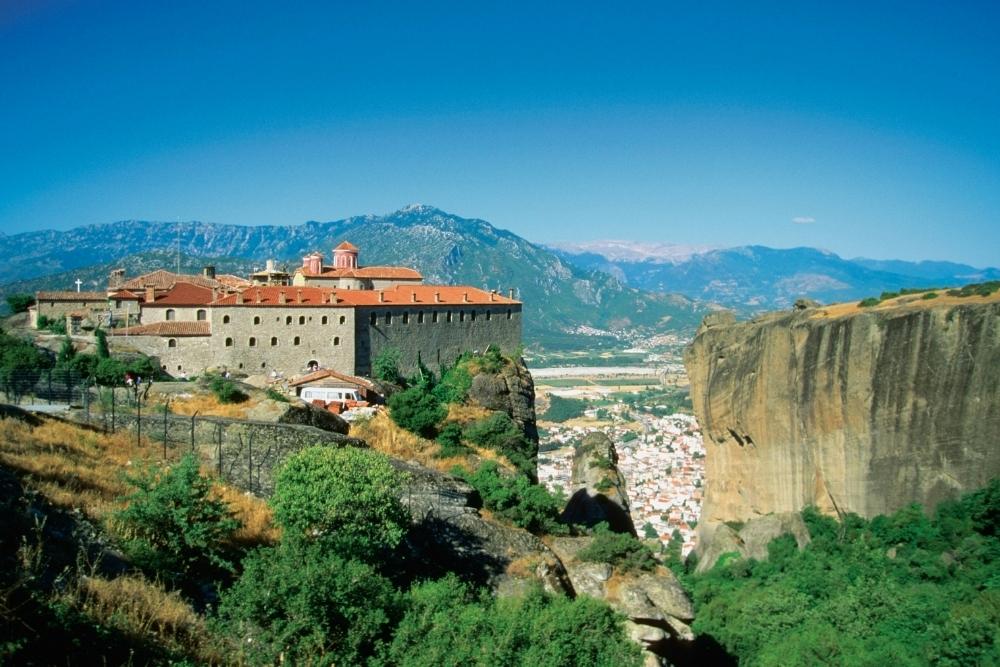
The only visible monastery from Kalambaka, St. Stephen, was a place of pilgrimage since the fourteenth century when the Byzantine emperor Andronic the Paleologue visited and funded the original church. Built in the year 1500, the church shelters the skull of Saint Charalambos, which is believed to have healing powers. The monastery suffered severe damage in the twentieth century: it was bombed during World War II by the Germans while several frescoes were damaged by the communists during the Greek Civil War.
The monastery was practically abandoned until 1961, when it became a sacred place for nuns. The dining room dating back to the fifteenth century was transformed into a museum, in which finely embroidered robes and tapestries are exhibited. The road to the monastery is considerably eased by a bridge connecting with the main road. Nuns greet visitors, and sometimes they embroider manufactured.
Varlaam Monastery
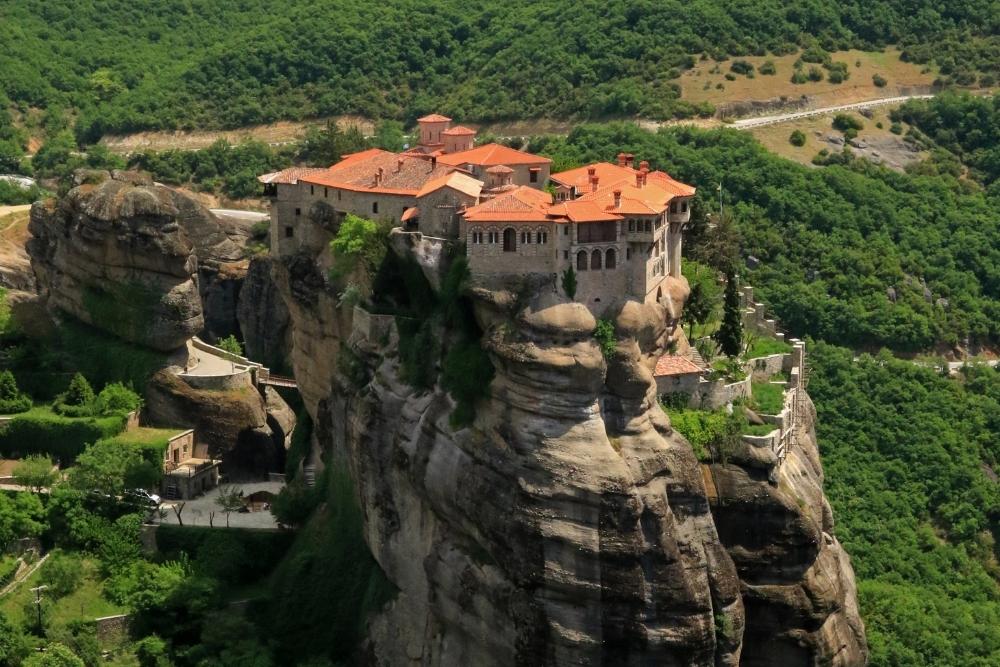
The second-largest monastery in Meteora, Varlaam, offers a vision of the difficulty monks have encountered when building these sanctuaries on the rocks. It took 22 years to bring all the necessary materials to the place where construction would begin. The tower that used a rope basket for supply is present today in the museum. Until the twentieth century, the only way visitors could reach the monastery was to be pulled by the ropes. Today, 195 stone-carved steps lead to the summit. Inside, the frescoes cover the walls of the main chapel, including apocalyptic drawings.
Great Meteoron Monastery
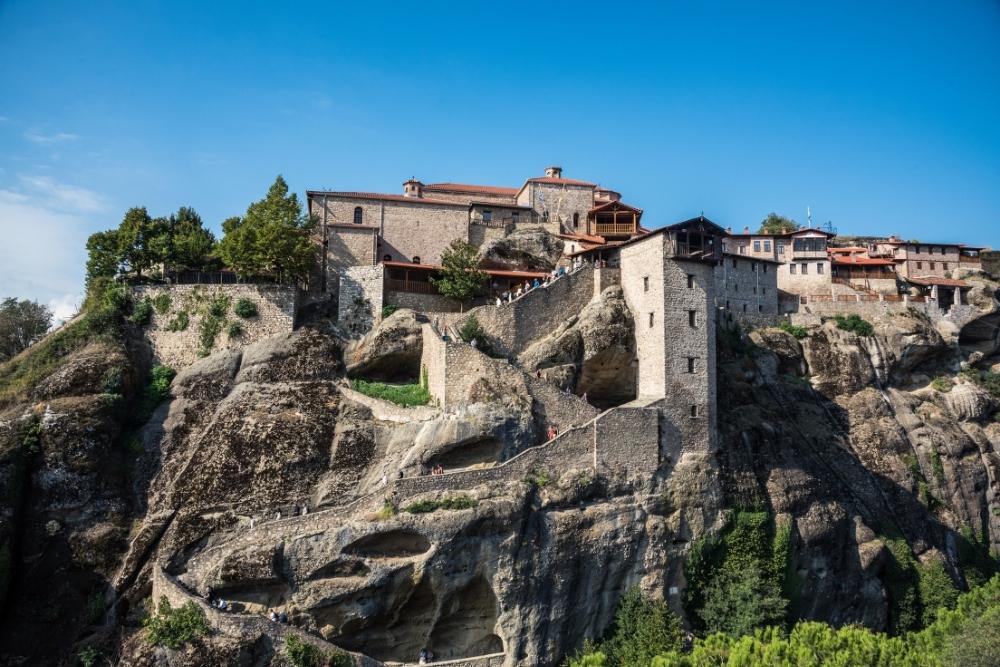
The largest and oldest monastery of Meteora, the Great Meteoron Monastery, is also at the highest altitude: more than 615 meters. Founded by Saint Athanasius, whose disciples were exiled royal heads, Meteoron has always been considered the most prestigious. The huge complex includes the nuns’ monastery dating back to the 14th century, a small museum, a wine cellar, and a shaded courtyard. For many visitors, a memorable image is in the sacristy, where are the skulls of those who once lived in the monastery.
Holy Trinity Monastery
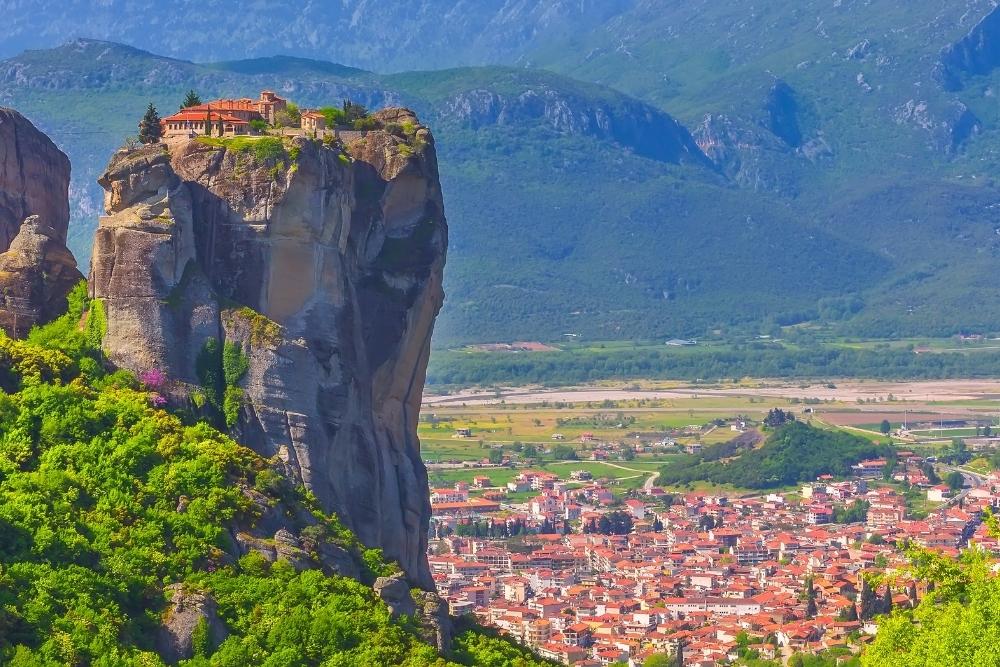
Serving as a filming venue for the 1981 James Bond movie “Just for Your Eyes”, the Holy Trinity Monastery is probably the most recognizable of Meteora monasteries. Located on the top of an isolated peak, visitors face a real challenge. They go down 140 steps to a ravine from the parking lot, then climb another 140 steps to reach the monastery. Many believe this route is worth the effort. Thanks to its vaulted rooms, frescoes wholly restored in the XVII century, and wonderful views, the Holy Trinity Monastery rewards visitors with an experience that can not be soon forgotten.
You may also like: One day trips from Athens

